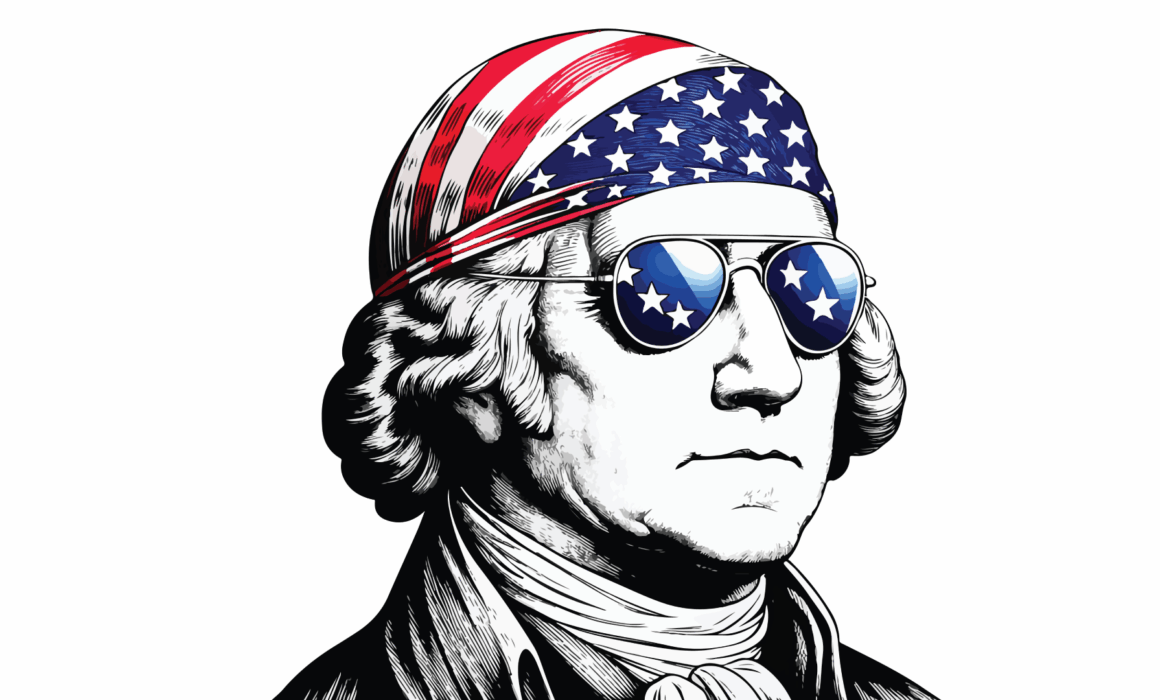
July 1775. The colonies were on the brink of a formal break with the British Empire. Amid the growing siege of Boston, a man arrived in Massachusetts who would soon reshape American history.
George Washington — not yet a president, not yet a symbol of the nation, but a Virginia landowner with a military past and a reserved public image — was given command of the Continental Army.
Until then, Washington was a regional figure: the owner of Mount Vernon, a veteran of the French and Indian War, and a delegate from Virginia to the Continental Congress. But during that crucial week in July 1775, he became something more. He became the face of armed resistance — not yet the leader of a nation, but already its cornerstone.
His headquarters were established in Cambridge, where he began to shape and discipline an army made up of scattered militias — men who had never served in a regular army, now preparing to fight one of the most powerful military forces in the world.
The summer of 1775 marked a historic turning point — a transition between the private destiny of a Southern planter and the collective fate of a rising nation. It was the beginning of a path that would lead George Washington from general to legend.
Washington arrived in Cambridge on July 2, 1775 — two months after the first shots were fired at Lexington and Concord. He officially assumed command of the army on July 3.
The Continental Army had been created by the Second Continental Congress, and Washington’s appointment marked the first step toward building a unified colonial military force.
His headquarters were set up in the former home of John Vassall on Brattle Street — a Loyalist family who had fled Massachusetts earlier in the conflict. Today, that building is known as the Longfellow House – Washington’s Headquarters National Historic Site, and is maintained by the U.S. National Park Service.
When Washington arrived, British troops still held the city of Boston. The Continental Army had surrounded it, initiating a long siege that would last until March 1776.
Washington focused on building a command structure, enforcing discipline, and addressing the army’s severe supply shortages. Weapons were scarce, organization was loose, and unity was fragile.
A turning point came in the night of March 4–5, 1776, when American forces occupied the high ground at Dorchester Heights and positioned artillery there. This strategic move forced the British to evacuate. On March 17, 1776, British forces withdrew from Boston — the first major victory under Washington’s command.
After the war, Washington returned to private life but visited Massachusetts again in 1789 as the newly elected first President of the United States.
His tour of the northeastern states began shortly after his inauguration. In October, he visited Boston and Cambridge, where he was received with grand celebrations and civic honors.
The visit was part of a broader national journey aimed at reinforcing the fragile unity of the new republic.
In 2025, the Commonwealth of Massachusetts marks 250 years since George Washington first arrived here to lead the Continental Army. His former headquarters in Cambridge is now a historic site open to the public, and the events of 1775 remain a vital part of the region’s legacy.
It was here that a future president first took command of a ragtag army that would — within a year — fight for and win its independence.
On July 4, 1776, the Declaration of Independence was signed — a document widely regarded as the founding moment of the United States of America.
Понравилось? Подписывайтесь на наш дайджест в Facebook, Instagram, Telegram – в нем мы рассказываем об истории и о сегодняшнем дне Америки, и в первую очередь о том, что происходит в Бостоне и Массачусетсе.
Звоните также для получения консультации или организационной помощи, если собираетесь в США, по делам и не только.